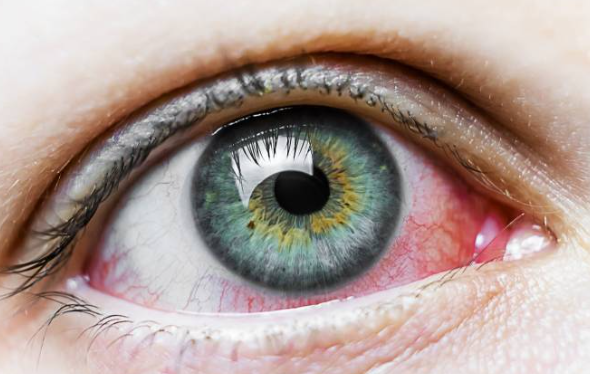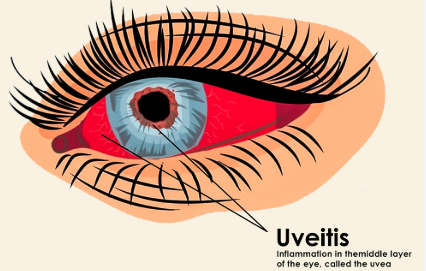Introduction: Unveiling New Therapeutic Avenues for Fibromyalgia
Fibromyalgia, a chronic condition characterized by widespread musculoskeletal pain, fatigue, and tenderness, affects approximately 2.7% of the global population. Traditional treatments often focus on symptom management through medications, physical therapy, and lifestyle modifications. However, recent research has begun to explore alternative therapeutic approaches, including Eye Movement Desensitization and Reprocessing (EMDR) therapy, traditionally used for trauma and post-traumatic stress disorder (PTSD). This article delves into a new clinical trial investigating the efficacy of EMDR therapy in treating fibromyalgia, highlighting its methodology, potential implications, and future directions.
Understanding EMDR Therapy: Beyond Trauma Treatment
EMDR therapy is a structured psychotherapeutic approach that facilitates the processing of distressing memories and experiences. It involves guided eye movements while recalling traumatic events, aiming to reduce the emotional impact associated with these memories. While EMDR has been extensively validated for PTSD, its application in chronic pain conditions like fibromyalgia is a relatively novel concept.
The Rationale: Linking Trauma and Fibromyalgia
Emerging evidence suggests a significant association between psychological trauma and the onset or exacerbation of fibromyalgia symptoms. Traumatic experiences may sensitize the central nervous system, leading to heightened pain perception—a phenomenon observed in fibromyalgia patients. This connection provides a compelling rationale for exploring EMDR therapy as a potential treatment modality for fibromyalgia.
Clinical Trial Overview: Assessing EMDR’s Efficacy in Fibromyalgia
Study Design and Objectives
A recent double-blind randomized controlled trial (RCT) has been designed to evaluate the effectiveness of EMDR therapy in reducing pain symptoms among fibromyalgia patients. The study also investigates whether combining EMDR with multifocal transcranial current stimulation (MtCS), a non-invasive brain stimulation technique, enhances therapeutic outcomes.
Participant Selection and Methodology
The trial plans to enroll 96 patients diagnosed with fibromyalgia who have a history of traumatic events. Participants will be randomly assigned to one of three groups:
- Treatment as Usual (TAU): Standard medical care without additional interventions.
- EMDR + Active MtCS: Combination of EMDR therapy with active MtCS.
- EMDR + Sham MtCS: EMDR therapy paired with placebo (sham) MtCS.
Therapists and patients will remain blinded to the MtCS conditions to ensure unbiased results. Evaluations will occur at baseline, post-treatment, and at a six-month follow-up, assessing variables such as pain intensity, psychological trauma symptoms, sleep disturbances, anxiety, depression, overall well-being, self-care, emotional regulation, self-esteem, and cognitive functioning.
Preliminary Findings: Promising Outcomes
Initial studies have yielded encouraging results regarding EMDR’s application in fibromyalgia treatment. A multiple-baseline experimental case study involving ten female participants demonstrated significant reductions in pain levels, fatigue, and stiffness following six sessions of EMDR therapy. Additionally, improvements were noted in daily functioning and sleep quality, suggesting that EMDR may address both the physical and psychological aspects of fibromyalgia.
Potential Mechanisms: How EMDR May Alleviate Fibromyalgia Symptoms
The exact mechanisms through which EMDR exerts its effects on fibromyalgia symptoms remain under investigation. However, several hypotheses have been proposed:
- Desensitization of Traumatic Memories: By processing unresolved traumatic experiences, EMDR may reduce central sensitization, a key factor in fibromyalgia‘s pathophysiology.
- Neurobiological Modulation: EMDR may influence neural pathways involved in pain perception and emotional regulation, leading to decreased pain sensitivity and improved mood.
- Stress Reduction: Alleviating psychological distress through EMDR could result in lower stress hormone levels, which are known to exacerbate fibromyalgia symptoms.
Implications for Clinical Practice: Integrating EMDR into Fibromyalgia Treatment
If ongoing trials confirm EMDR’s efficacy, it could revolutionize fibromyalgia management by offering a non-pharmacological, psychotherapeutic option that addresses both pain and associated psychological factors. Integrating EMDR into standard care protocols may enhance patient outcomes, reduce reliance on medications, and improve quality of life for individuals with fibromyalgia.
Challenges and Considerations: Navigating the Path Ahead
Several challenges must be addressed before EMDR can be widely adopted for fibromyalgia treatment:
- Training and Expertise: Ensuring that healthcare professionals are adequately trained in EMDR is crucial for safe and effective implementation.
- Patient Selection: Identifying patients who are most likely to benefit from EMDR requires careful assessment, particularly considering the variability in fibromyalgia presentations.
- Long-Term Efficacy: Further research is needed to determine the sustainability of EMDR’s benefits over extended periods and its effectiveness across diverse populations.
Conclusion: Paving the Way for Innovative Fibromyalgia Therapies The exploration of EMDR therapy as a treatment for fibromyalgia represents a promising frontier in chronic pain management. By addressing the potential underlying role of trauma in fibromyalgia, EMDR offers a holistic approach that may alleviate both physical and psychological symptoms. Ongoing clinical trials will provide critical insights into its efficacy and pave the way for integrating novel therapies into comprehensive fibromyalgia care strategies.
Note: This article is based on current research and clinical trials investigating EMDR therapy for fibromyalgia. As with any medical treatment, individuals should consult healthcare professionals to determine the most appropriate care for their specific circumstances.

Click Here to Visit the Store and find Much More….
For More Information Related to Fibromyalgia Visit below sites:
References:
Fibromyalgia Contact Us Directly
Click here to Contact us Directly on Inbox
Official Fibromyalgia Blogs
Click here to Get the latest Chronic illness Updates
Fibromyalgia Stores




